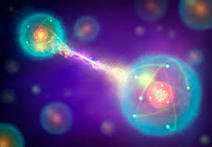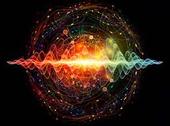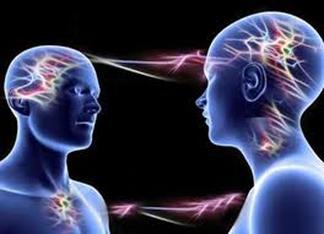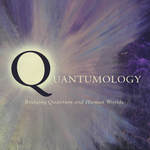
So in classical human endeavour, the principle of multiple entanglement became rooted in the concept of the quantum computer as records were quickly broken in the number of entangled pairs being obtained.

Laser light, incidentally, is coherent light.
So in our search for human terms of reference, you could say that coherence catalyses entanglement. Or you might prefer not to, if you're the argumentative kind.
Let's assume (dangerously) that you're not arguing, and that this is interesting. We know, as far as we can know anything, that our relationships with each other are versions of entanglement. Evidence for this is woolly in comparison to the facts found from missions of the quantum mechanical kind, largely because we are large, and our idiosyncracies are obvious in terms of variable uniqueness. Not so in our observation of quantum particles. All photons look the same to us. But then, they would, one would have thought, and we must bear in mind that from a short altitudinal distance, humans on Earth become invisible.

Relationships are variable, while certain laws apply.
Why is this important?
That depends on your belief system. But if you believe that we are in a position to gain from a greater understanding of our similarity to the quantum state, then you can assess your relationships from an entangled viewpoint, thereby appreciating the energetic medium of connectivity at work within them. Some say that certain kinds of relationship arise from an entanglement which has maintained integrity across many versions of itself, throughout a series of lifetimes. The Multiverse may well allow for this to be so. So, if we are party to such non-locality, we may effectively be participating in an evolutionary process wherein evidence from these types of relationship could catalyse a whole new way of thinking in regard to our quantumly-entangled network, not to mention the matter of life after death. Energy being neither created nor destroyed, but exchanged and metamorphosed in an endless series of varying processes.
Dark matter, they now say, makes up a large proportion of the Universe, and even our planet may be covered in it.
I laughed a long time ago about dark matter not being in your bedroom.

 RSS Feed
RSS Feed
